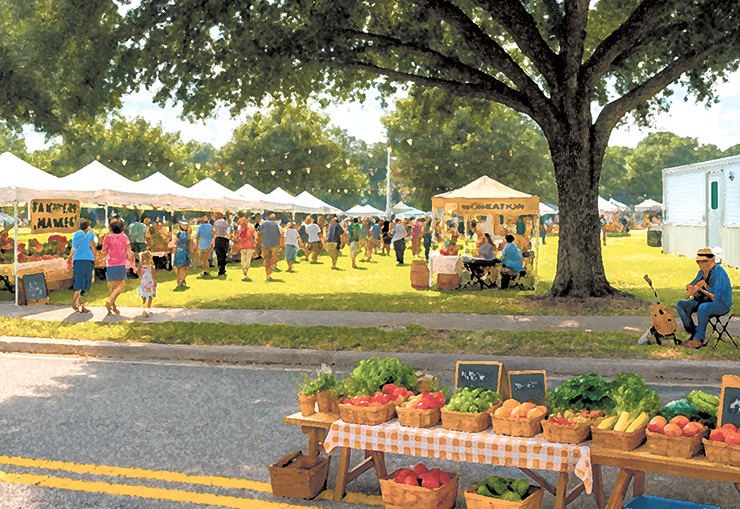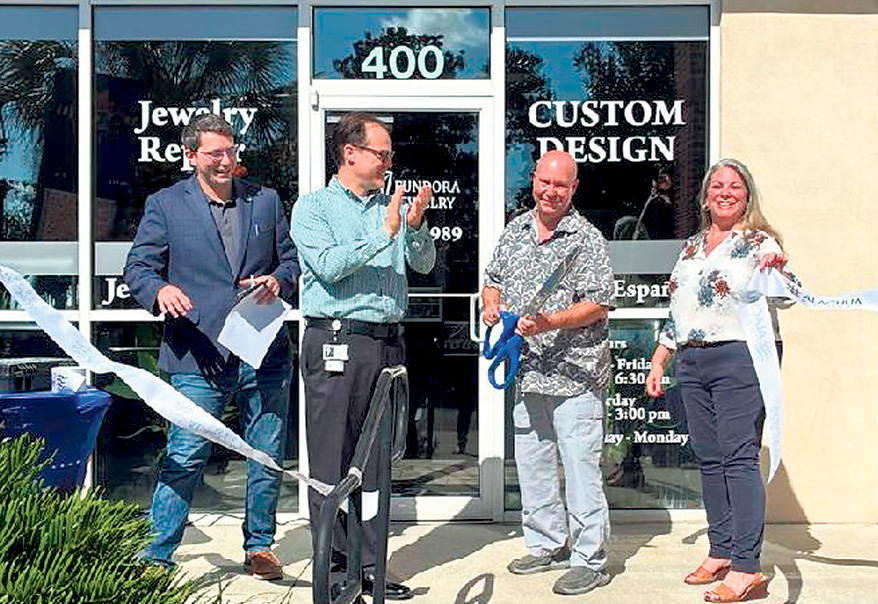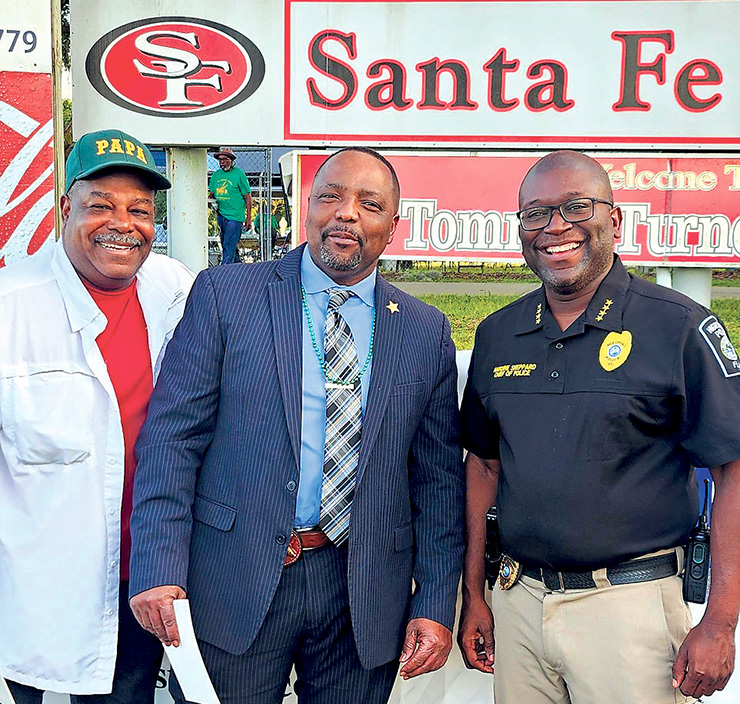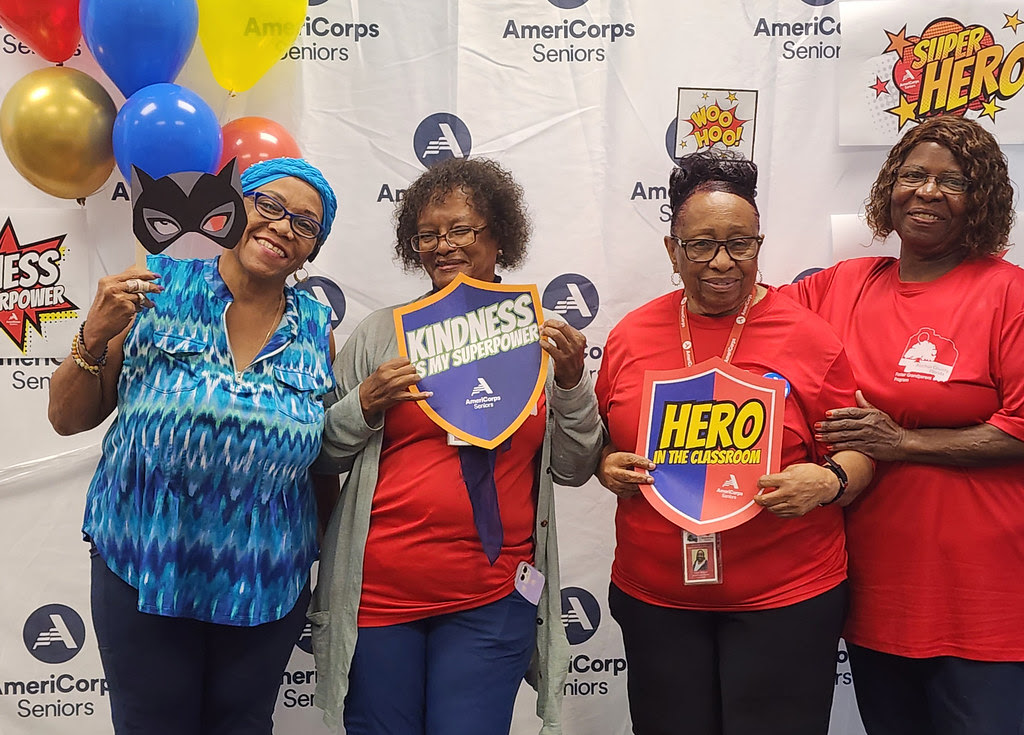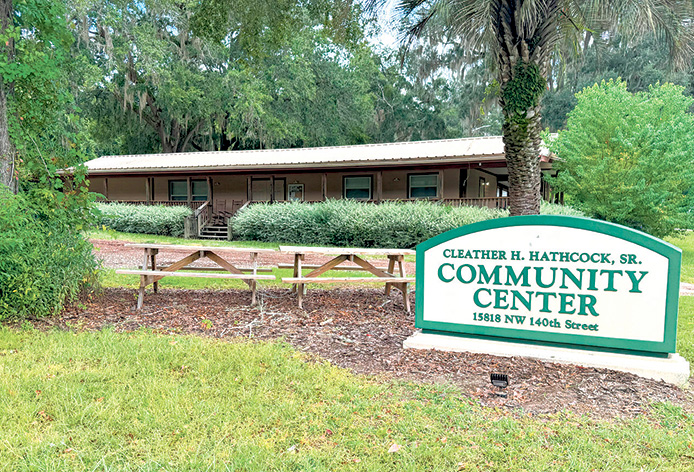
The Cleather H. Hathcock, Sr. Community Center in Alachua shows its age as city leaders plan for a replacement. / Alachua County Today Staff Photographer
~Bigger spaces, expanded programs, and a road upgrade on the table~
ALACHUA ‒ The Cleather H. Hathcock, Sr. Community Center has long been a hub for gatherings and events, but the aging building has struggled to keep up with the community’s needs. Burdened by constant maintenance problems and limited space, the facility has reached a stage where city leaders agree renovation alone will not suffice.
Commission Reviews Next-Generation Plans
City of Alachua Commissioners got their most detailed look yet at what the next-generation Cleather H. Hathcock, Sr. Community Center could be, and the early verdict was enthusiastic. Architect Barnett Chenault, President of Monarch Design Group, delivered a brisk but wide-ranging progress report that translated weeks of staff interviews and a well-attended community workshop into space needs, site constraints, access fixes, and first-pass building layouts.
City Manager Rodolfo Valladares framed the process as a deliberate solicitation of commission, staff, and community engagement that will repeat until a full report returns to the board on Oct. 27.
Community Input Guides Priorities
Chenault said more than 1,600 notices went out for the public workshop at the Hal Brady Recreation Complex, where residents moved through visual boards and dot-voted their priorities. Indoors, the most consistent ask was for larger, flexible rooms capable of handling the city’s growing Martin Luther King Jr. Day celebration and other community events, alongside vocational training space and computer labs.
The workshop feedback also emphasized intergenerational programming that uses daytime for seniors and evenings for youth to stretch the building’s capacity without forcing programs to compete. Outside, residents favored a shaded stage or amphitheater and outdoor fitness areas, with interest in rentable community space for festivals and gatherings.
Practical Upgrades: Parking, Access, ADA
Practical upgrades kept pace with the wish list: more parking, ADA-compliant paths, better landscaping, and attention to stormwater and erosion that have dogged the site. While most people currently arrive by car, Chenault noted a meaningful number walk to the center — another reason to fix sidewalks and improve frontage along Northwest 140th Street.
Before design comes math, and the design team laid out the non-negotiables that will shape the footprint: parking ratios, stormwater area, buffers and setbacks, and a minimum open-space requirement. Using an easy benchmark, Chenault said a 10,000-square-foot program drives roughly 33 parking spaces — and because each stall consumes around 300 square feet once aisles are included, parking alone carves a tall slice out of the site.
Those realities, he said, make access improvements a smart early investment no matter which building plan the Commission prefers. Chief among them: paving Northwest 159th Lane to city standards, keeping existing access points until a final design is set, adding sidewalk links, and increasing the number of ADA spaces. Valladares was unequivocal about the street work: if the city is going to invest in a “beautiful building,” the roads leading to it should be finished to match.
Early Design Options Presented
To translate community input into rooms and square footage, Monarch built a preliminary “space matrix” —a budget of sorts — totaling roughly 10,000 interior square feet: around 6,000 for community/program rooms, 1,300 for administration, and 1,200 for the invisible but essential functions like HVAC, IT, janitorial, and AV.
With that as a guide, Chenault showed two early massing options. A one-story version comes in around 8,400 square feet, organized around a north-south corridor connecting multi-purpose rooms, a catering/warming kitchen, support spaces, and covered porch.
A two-story version pushes offices and vocational rooms upstairs, adding circulation needs (stairs and an elevator) and nudging the total to about 9,200 square feet, but freeing ground area and making future expansion more feasible. Outdoor elements — such as a stage, community garden space, stormwater features, and service enclosures — would be planned in tandem but sit outside those interior totals.
Debate Over One-Story vs. Two-Story Layout
The Commission quickly coalesced around new construction rather than renovating the relocated, aging building on site, which has been described as compromised by termites and in constant need of upkeep. On height, however, the commission was not yet settled, though a two-story approach is being seriously considered.
Calls for a History Room and More Storage
Vice Mayor Shirley Green Brown said she liked parts of both a one- and two-story approach and insisted that the project include a dedicated City history room. Chenault said the history theme surfaced repeatedly in public input and will be woven into the plan.
Commissioner Jennifer Ringersen leaned toward a one-story building to simplify access for seniors and avoid elevator costs, but pressed for more small-group rooms and far more storage — lessons hard-won in other civic projects. She also urged isolating a computer lab away from big-room activities so tutoring isn’t drowned out by bingo or events.
Commissioner Dayna Williams favored a two-story path to bank future growth, reasoning that as Alachua grows the city will want the flexibility to expand programs and administration without starting over. She floated the idea of exploring Community Development Block Grant dollars for related street upgrades. Mayor Walter Welch also voiced support for going vertical.
Recreation and Outdoor Amenities
The board dipped briefly into recreation specifics when Green Brown asked about pickleball. While not highlighted on every workshop board, staff confirmed it appeared among the outdoor-fitness suggestions alongside foursquare and kickball. Chenault said the next round of public engagement will test interest in specific sports more directly. He also clarified that improved paved parking could be paired with some managed overflow on unimproved areas to retain the practical capacity residents are used to during large events.
Balancing Scope, Budget, and Vision
Valladares closed the discussions by cautioning that scope and budget must now be balanced against the community’s “dream big” brief, but said the process is doing exactly what it should: turning a long list of ideas into a buildable, fundable plan the public can recognize as its own.
Next Steps in the Design Process
Monarch will return with refined scenarios that prioritize new construction, present trade-offs between one and two stories with most program rooms on the first floor either way, reserve space for a history gallery, and package baseline site improvements — especially the paving of Northwest 159th Lane — into the recommended path forward. Applause followed as the city manager promised a better iteration next time and, ultimately, a center the whole city and the community can be proud of.
# # #
Email editor@
alachuatoday.com
